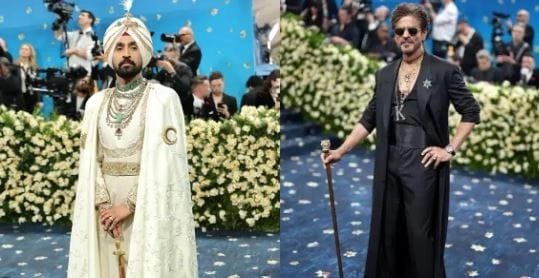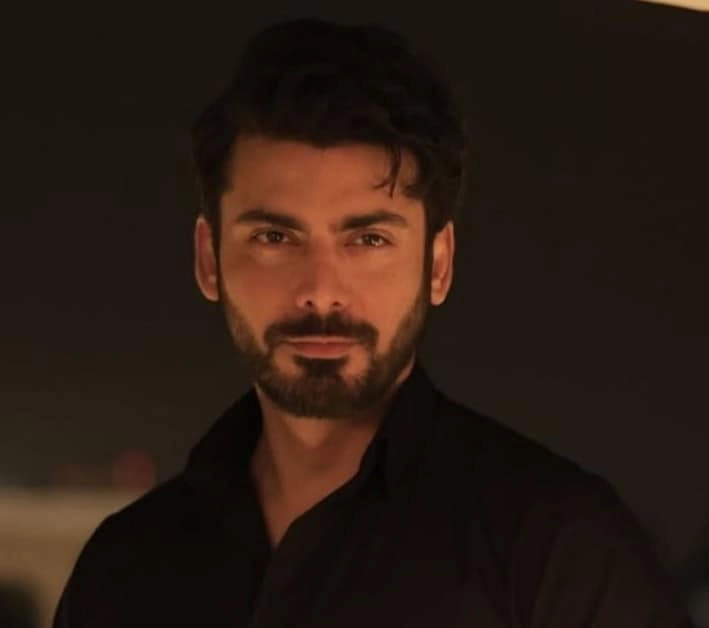Recently, a Pakistani designer found themselves at the center of controversy after referring to Bollywood superstars Shah Rukh Khan and Diljit Dosanjh as “our stars.” This statement sparked a wave of online trolling, with many social media users questioning the designer’s intent and the broader implications of such a claim. The phrase “our stars” implies a sense of ownership or connection that some felt was inappropriate, given the cultural and political tensions that exist between India and Pakistan.
Shah Rukh Khan, often hailed as the “King of Bollywood,” has a massive fan base that extends beyond India’s borders, including in Pakistan. Diljit Dosanjh, a prominent figure in both Punjabi cinema and music, has also garnered significant admiration from audiences across the region. However, the designer’s comment touched a nerve, as it seemed to blur the lines of national identity and cultural pride. Critics argued that while appreciating the work of artists from neighboring countries is important, claiming them as “ours” might not sit well with all fans, particularly those who view these celebrities through a lens of national allegiance.
The trolling that ensued was swift and harsh, with many users mocking the designer’s statement and questioning their understanding of cultural boundaries. Some defended the designer, emphasizing that art and talent should transcend borders and that admiration for these stars should be celebrated rather than ridiculed. This incident reflects a larger conversation about the complexities of cultural exchange in a region marked by historical conflicts and differing national narratives.
In a world where social media amplifies every opinion, the designer’s comment serves as a reminder of the delicate balance between appreciation and appropriation. While it’s natural for fans to feel a connection to their favorite artists, the way such sentiments are expressed can lead to misunderstandings and backlash. Ultimately, this situation highlights the ongoing dialogue about identity, belonging, and the ways in which art can unite or divide us, depending on the context in which it is framed.




